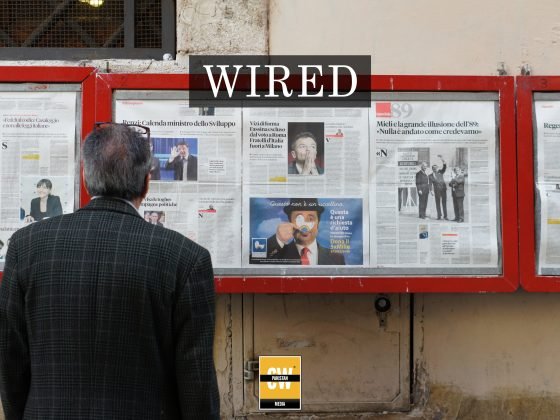ISLAMABAD: A cutting-edge Digital Immersive Gallery at Islamabad Museum is drawing significant attention for its unique blend of technology and history, offering a vivid portrayal of the Gandhara civilisation. Developed under a five-year Official Development Assistance (ODA) initiative of Korea Heritage Service (KHS) and executed by Korea Heritage Agency (KHA), the gallery combines immersive storytelling with advanced digital tools to create an engaging and educational experience for visitors.
At the centre of the gallery is a powerful narrative highlighting the historical spread of Buddhism from Gandhara to the Korean Peninsula, tracing the spiritual journeys of Korean monks who travelled to the region centuries ago to study the Dharma. Using state-of-the-art 3D projections and motion-sensitive interaction, visitors can engage with lifelike digital renderings of the Buddha and Bodhisattvas. In addition to this, Pakistan’s six UNESCO World Heritage Sites are prominently featured, presenting a comprehensive journey through history that spans from the 3rd millennium BCE to the 17th century CE. This seamless fusion of digital artistry and authentic historical content allows audiences to experience ancient cultures in an entirely new way.
The gallery forms part of a larger initiative aimed at strengthening Pakistan’s heritage conservation and research infrastructure. As part of this collaboration, the country’s first advanced Conservation and Analysis Laboratory dedicated to inorganic antiquities has been established and equipped with modern instruments. This facility now provides the tools and expertise needed for the scientific study and preservation of historical artefacts, elevating conservation standards nationwide. Additionally, more than 125 conservators, curators and students have been trained in conservation sciences through specialised workshops and internships, ensuring knowledge transfer to the next generation of heritage professionals.
Further boosting archaeological capacity, the project has resulted in the creation of an Archaeological Research Center fitted with drones, scanners, GNSS systems and 3D modelling software to document 185 archaeological sites across Taxila, Central Gandhara, Swat Valley and Islamabad. These advanced tools are enabling more precise mapping and analysis of historical locations than ever before. A pilot excavation at the historic Mankiala Stupa has also been undertaken, providing students and young archaeologists hands-on training in modern excavation methods and fieldwork practices that incorporate cutting-edge technologies.
The Government of the Republic of Korea has approved a second phase of this cultural and technological collaboration, scheduled to run from 2026 to 2030. This next stage is expected to build upon the foundations already laid, expanding the reach and impact of digital heritage initiatives across Pakistan while deepening ties between the two countries in the field of cultural preservation.
Follow the SPIN IDG WhatsApp Channel for updates across the Smart Pakistan Insights Network covering all of Pakistan’s technology ecosystem.









